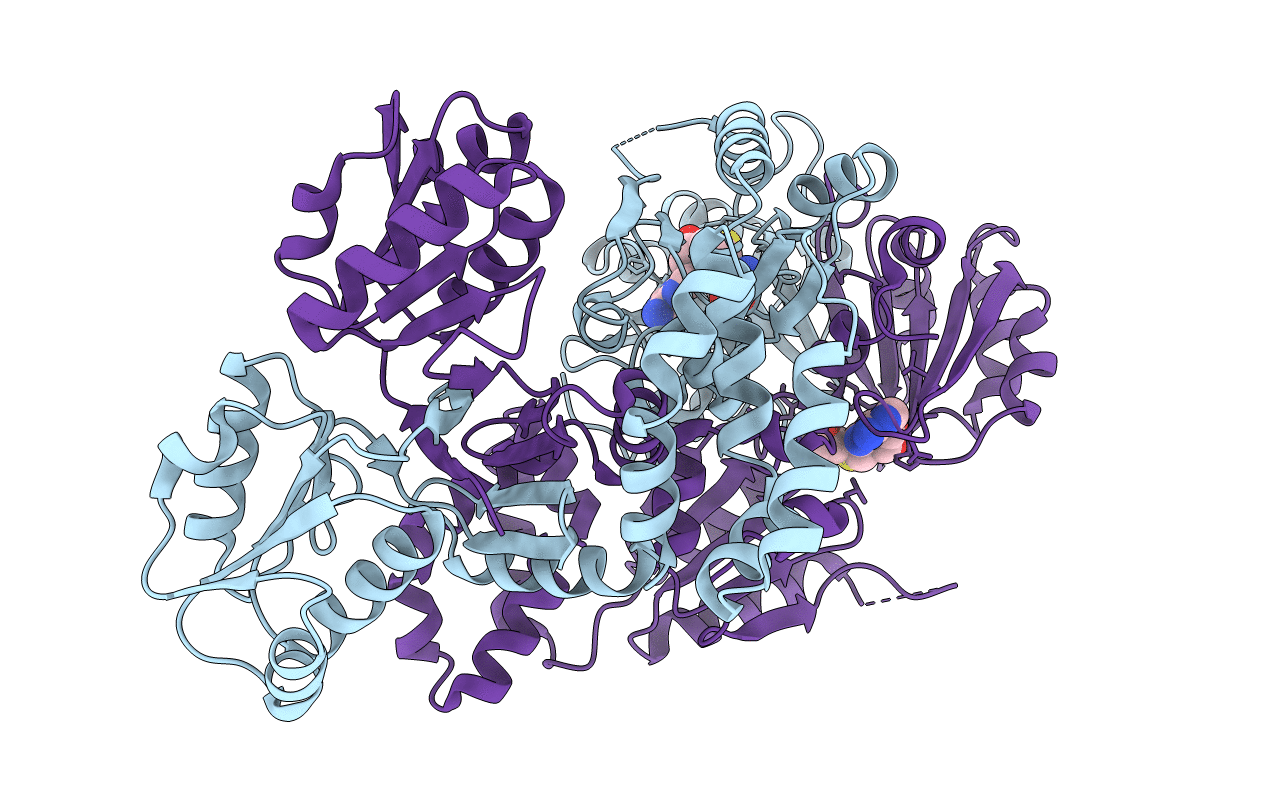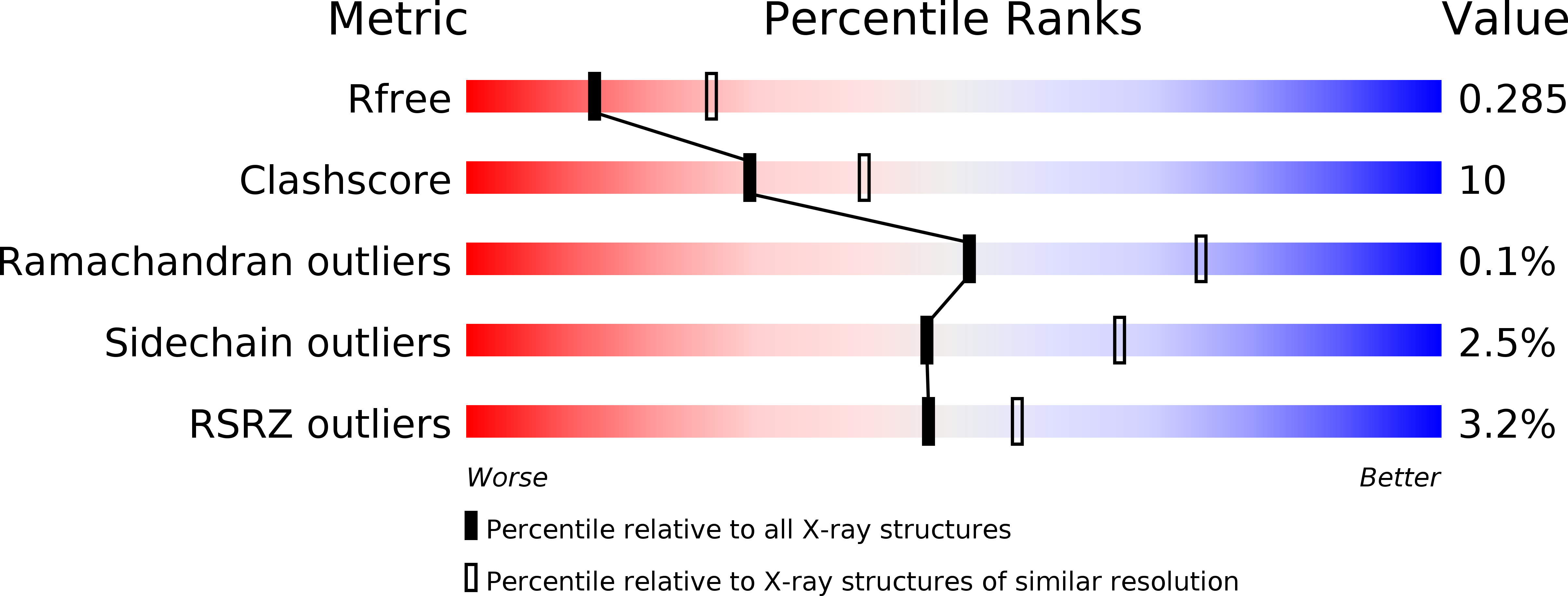
Deposition Date
2019-06-05
Release Date
2020-02-26
Last Version Date
2023-10-11
Entry Detail
Biological Source:
Source Organism:
Salmonella typhimurium (Taxon ID: 90371)
Host Organism:
Method Details:
Experimental Method:
Resolution:
2.76 Å
R-Value Free:
0.28
R-Value Work:
0.18
R-Value Observed:
0.19
Space Group:
P 21 21 21


